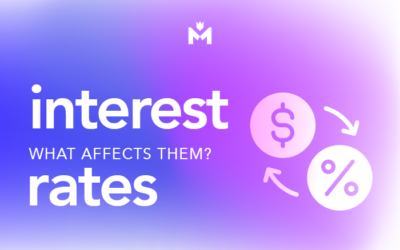If you want to pay your home loan off faster or pay less interest, you need to look past your interest rate. This means, your loan structure is key.
While locking in a low rate is important, it’s far more essential that your loan is structured in a way that’s suited to your unique circumstances.
Why is loan structure so important?
Poorly structured loans come in many shapes and sizes. The loan term may be longer than it needs to be, the rate might be fixed when it should be floating or it might just be a standard off-the-shelf product that doesn’t take into account your needs.
Whatever the problem is, a poorly structured loan is harder to pay off, more expensive and more likely to cause stress. On the other hand, a mortgage that’s tailored to your situation and your goals will be the exact opposite – easy, stress-free and affordable.
How should I structure my loan?
Every borrower comes with their own unique set of circumstances, so every borrower needs a unique loan. Here are a few loan features that you should consider:
Fixed rate
The interest rate on your loan is fixed, meaning it can’t go up or down, usually for a period of one, two, three or five years.
Pros
- Repayments are the same amount every month.
- Lenders often offer lower rates.
- You’re protected if market interest rates are rising.
Cons
- Fixed rate loans may come with repayment limits of fees for making extra repayments.
- If interest rates fall, you may find yourself overpaying.
- Lenders sometimes charge break fees if you sell the property and discharge the loan before the fixed term ends.
Floating or variable rate: The interest rate on your loan can go up or down depending on what the market is doing.
Pros
- You have more freedom to make extra repayments, repay your loan early or change your loan without incurring fees or penalties.
- You may be able to consolidate debt into a floating rate loan.
Cons
- If market interest rates go up, so will yours.
- Floating rates are usually slightly higher.
Offset account: Usually, you have to pay interest on the full amount of your loan – the principal. But if you link a savings or everyday account to your loan, you pay interest on the principal minus whatever is in your linked or offset account.
Pros
- You may pay less interest which might enable you to pay your loan off faster.
Cons
- You won’t receive interest payments on the amount in your savings account.
Redraw facility: turns your home loan into something like a giant credit card. Your pay goes into the account, all of your expenses come out and you can spend up to a certain limit. Interest is calculated on the balance throughout the life of the loan, so getting paid into the account should reduce the total amount of interest you pay. You can make lump sum repayments and reduce your credit limit to help pay the loan off faster.
Pros
- If you’re disciplined with your money, you may be able to pay your mortgage off faster
- Putting extra funds into this account will reduce the amount of interest you pay.
Cons
- If you’re not disciplined, it’s easy to overspend with a redraw facility, which could make paying your loan off difficult.
Depending on your situation and what your goals are, you might need a loan with one or all of these features in any number of combinations (or other features that we haven’t mentioned here).
Knowing what’s right can be difficult and unfortunately making a mistake can be costly. Get in touch with the team at Money Empire to make sure your loan’s structure isn’t costing you money.




